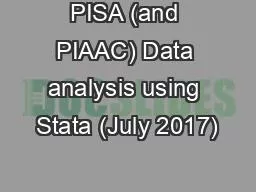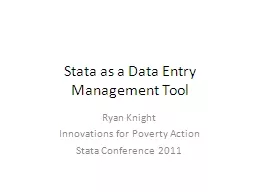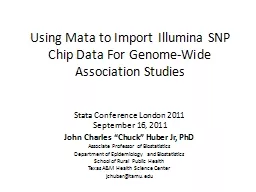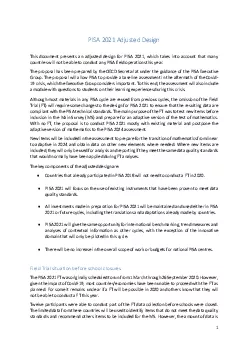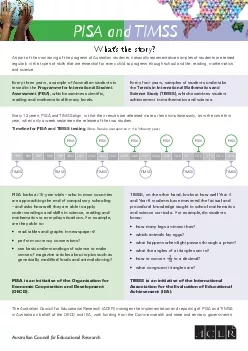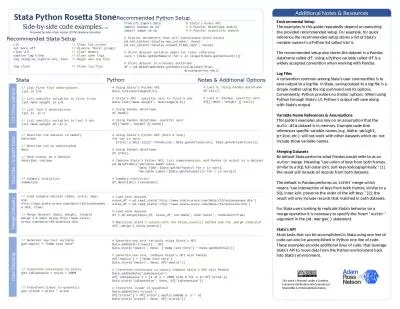PPT-PISA (and PIAAC) Data analysis using Stata (July 2017)
Author : welnews | Published Date : 2020-10-22
Francois Keslair Repest is a Stata routine ado file freely available at IDEAS that Is specially designed for complex survey designs Accommodates final weights
Presentation Embed Code
Download Presentation
Download Presentation The PPT/PDF document "PISA (and PIAAC) Data analysis using Sta..." is the property of its rightful owner. Permission is granted to download and print the materials on this website for personal, non-commercial use only, and to display it on your personal computer provided you do not modify the materials and that you retain all copyright notices contained in the materials. By downloading content from our website, you accept the terms of this agreement.
PISA (and PIAAC) Data analysis using Stata (July 2017): Transcript
Download Rules Of Document
"PISA (and PIAAC) Data analysis using Stata (July 2017)"The content belongs to its owner. You may download and print it for personal use, without modification, and keep all copyright notices. By downloading, you agree to these terms.
Related Documents

